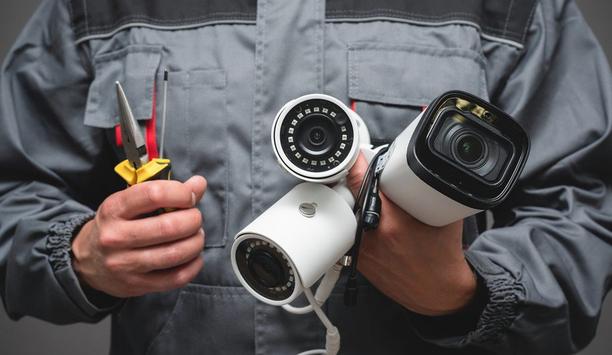In prisons, video cameras are vital to keeping an eye on the watched and the watchers. But capturing, storing and retrieving that information isn’t as easy as training a lens on a few dark corners.
What does that look like? The Irish Prison Service (IPS) recently upgraded its video surveillance system in 12 prison facilities to 5,000 cameras continuously recording the movement and actions of everyone on the inside. And to respect privacy laws, that footage has to stick around at least four years and a day — that’s two blue moons or a leap year cycle — or until any incidents are resolved.
Systematically deleting video
“Video data has a huge impact on the safety and security of our staff and prisoners. People’s lives are at stake in extreme cases,” says George Jackson, the recently retired head of information and communication technology at IPS. “Therefore, it’s hugely important that there are safeguards around how the data is stored and secured.”
Despite a historical low incarceration rate close to countries like Norway and Sweden, the upgrade from the 2008 surveillance setup comes as the IPS population grew about 10 percent over the previous year. The old system wasn’t up to the task of ensuring safety. Footage from the traditional storage array had never been deleted. The service lacked the visibility and a technical process for securely and systematically deleting video.
Upgraded surveillance infrastructure
HPE provides local storage using CTERA running on HPE servers to capture video 24/7 at each prison facility
Storage capacity was also running short. Additionally, IPS had recently upgraded surveillance infrastructure with new high-definition cameras, generating larger video files and even more storage demands.
Enter data storage solutions from HPE, Scality and CTERA. HPE provides local storage using CTERA running on HPE servers to capture video 24/7 at each prison facility. Long-term offsite storage relies on HPE systems and Scality RING to securely retain video of incidents. HPE servers at each facility provide five terabytes of raw storage to handle all the video captured locally, with room for up to 64 terabytes.
Intelligent data management
Two Scality RING storage clouds provide 300 terabytes of usable, secure storage that scales to multiple petabytes if needed. Scality also manages replication between the two environments, protecting the data by having a complete copy of the archive always available in the event of a disaster.
Scality software provides intelligent data management throughout the lifecycle of the stored video, including secure and automated deletion. Moreover, to be certain the deletion process is carried out with full transparency, there are a series of email alerts to advise relevant parties in advance of deletion, beginning at the three-year mark and progressing with more frequent notices up to the day before scheduled deletion. “Prisons can be difficult environments, so any technology we use must work,” says Jackson. “If there is an incident, it’s highly important that the solution works and is reliable.”







